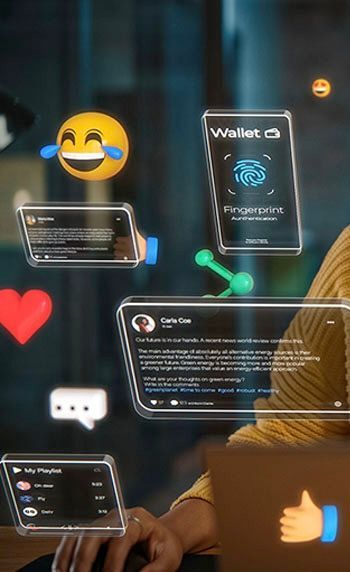The Evolution of Olympic Branding and Its Advertising Synergy

The Olympic Games have long been a global spectacle, captivating audiences worldwide with feats of athletic prowess and a spirit of international unity. As one of the most recognizable brands in the world, the Olympics have meticulously crafted and evolved their branding over the years. This evolution is deeply intertwined with the history and strategies of advertising. Examining the journey of the Olympics reveals not only a story of sporting excellence but also a masterclass in brand development and marketing innovation.
The Olympic Brand: A Historical Overview
Since their modern inception in 1896, the Olympic Games have been more than just a series of athletic competitions. They symbolize excellence, friendship, and respect. The Olympic rings, introduced in 1913 by Pierre de Coubertin, are one of the most powerful symbols globally, representing the union of the five inhabited continents and the meeting of athletes from around the world. The motto "Citius, Altius, Fortius" (Faster, Higher, Stronger) encapsulates the essence of the Olympic spirit, promoting continuous improvement and the pursuit of excellence.
Branding Through the Decades
1928: The First Official Olympic Sponsorship
One of the earliest instances of the Olympics embracing commercial partnerships was in 1928 when Coca-Cola became an official sponsor. This marked the beginning of a long-standing relationship between the Olympics and corporate sponsorships. Coca-Cola’s involvement showcased how brands could leverage the global platform of the Olympics to enhance their visibility and align with the values of excellence and international camaraderie.
1960: The Dawn of Television Coverage
The 1960 Rome Olympics were a watershed moment, being the first Games broadcasted live on television in the United States. This development significantly expanded the audience base and increased the commercial appeal of the Olympics. Television transformed the Olympics into a media event, creating new opportunities for advertising and sponsorship. Brands could now reach millions of viewers worldwide, embedding their messages within the thrilling narratives of athletic competition.
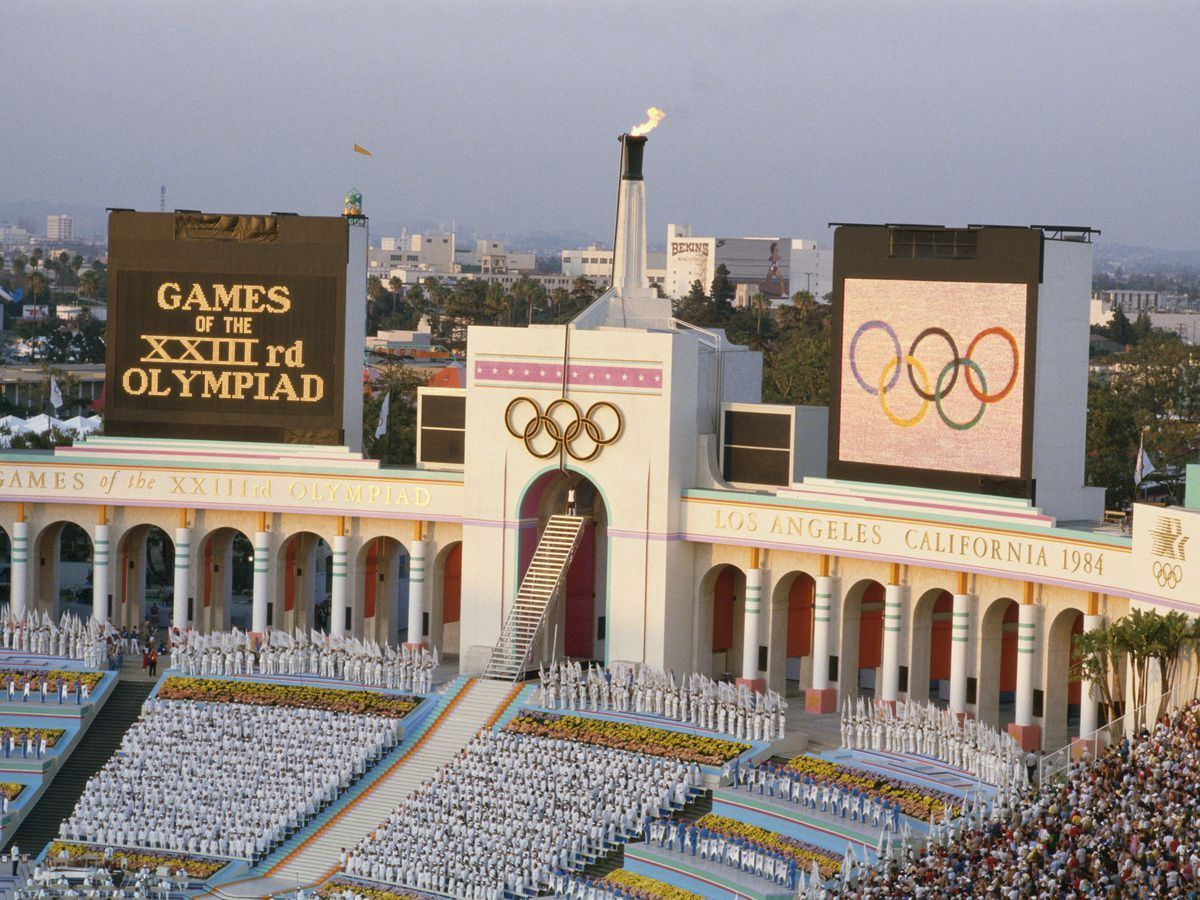
The Impact of Cable TV
Cable television further revolutionized Olympic advertising, especially from the 1980s onwards. Networks like ESPN provided extensive coverage, including behind-the-scenes stories, athlete profiles, and real-time updates, which kept audiences engaged beyond the main events. This continuous coverage offered advertisers more opportunities to connect with viewers through targeted campaigns, exclusive sponsorships, and branded content.
Commonalities Between the Olympics and Advertising
1. Storytelling: Both the Olympics and successful advertising rely heavily on storytelling. The narratives of athletes overcoming adversity, achieving greatness, and embodying the Olympic spirit resonate deeply with audiences. Advertisers harness these stories to create emotional connections with consumers, enhancing brand loyalty and engagement.
2. Global Reach: The Olympics attract a global audience, making it a prime platform for international brands to advertise. Similarly, effective advertising campaigns often aim for broad appeal, leveraging universal themes and emotions to connect with diverse audiences.
3. Innovation: The Olympics continually evolve, introducing new sports, technologies, and formats to keep the Games relevant and exciting. Similarly, advertising thrives on innovation, with brands constantly seeking new ways to capture attention and stand out in a crowded market.
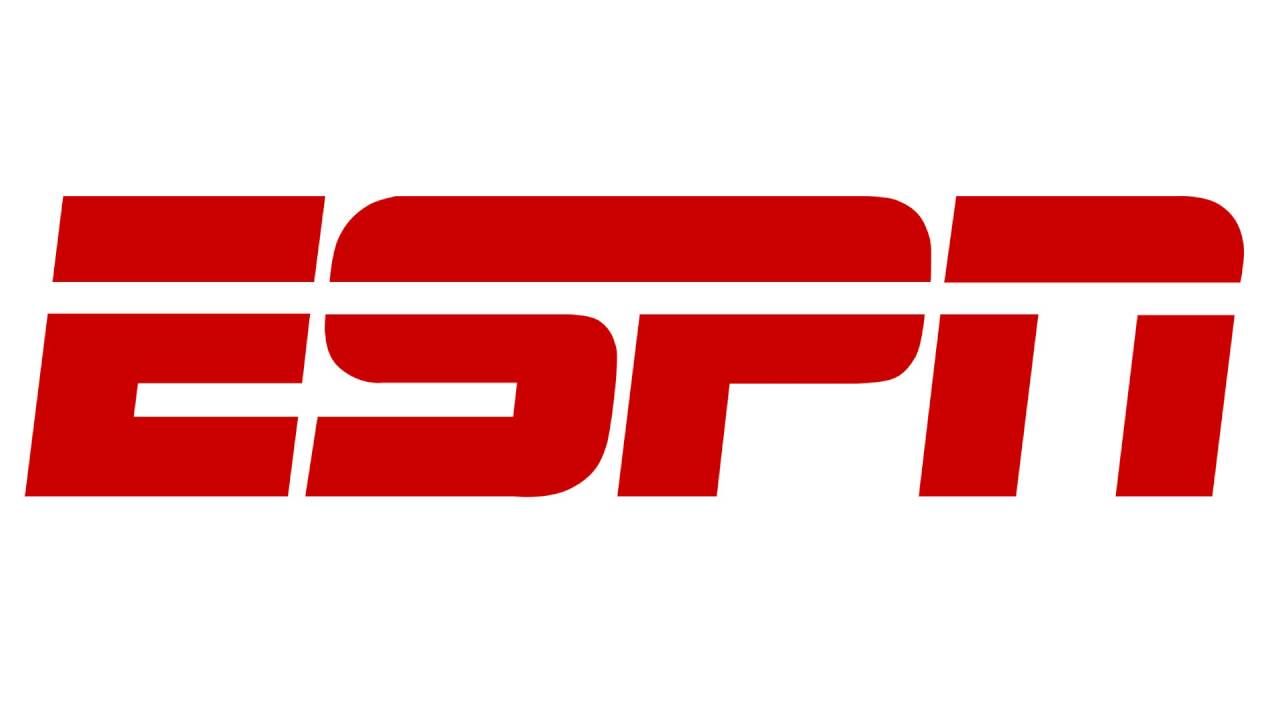
Spotlight on Three Iconic Athletes
1. Jesse Owens (1936 Berlin Olympics): Jesse Owens, an African American track and field athlete, won four gold medals at the 1936 Berlin Olympics, debunking Adolf Hitler's myth of Aryan superiority. Owens' triumphs were not only a victory for sports but also a powerful statement against racism and discrimination. His story has been used in numerous advertising campaigns to symbolize courage, resilience, and equality.
2. Simone Biles (2016 Rio de Janeiro Olympics): Simone Biles, an American gymnast, is widely regarded as one of the greatest gymnasts of all time. Her stunning performances at the 2016 Rio Olympics, where she won four gold medals and one bronze, captivated the world. Biles’ image and story have been utilized in advertising to highlight themes of strength, perseverance, and excellence. Her marketability extends to endorsements with major brands like Nike and Uber Eats, showcasing her influence beyond gymnastics.
3. Usain Bolt (2008 Beijing and 2012 London Olympics): Usain Bolt, the Jamaican sprinter, is widely regarded as the fastest man on earth. His charismatic personality and record-breaking performances made him a global icon. Bolt's marketability extended far beyond athletics, with numerous endorsements from leading brands that capitalized on his image of speed, confidence, and fun.
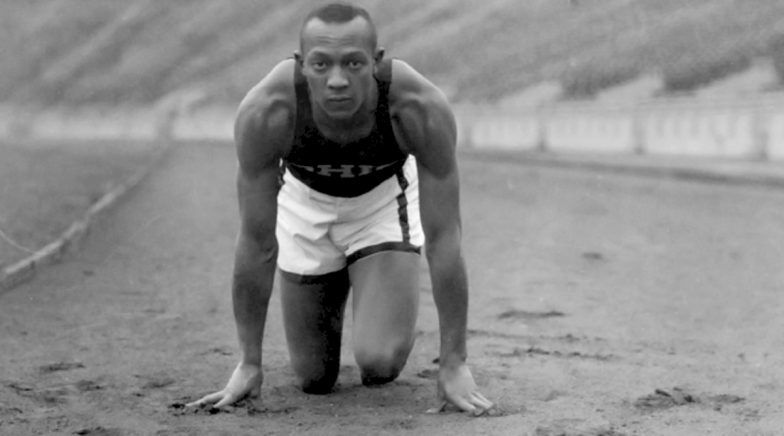
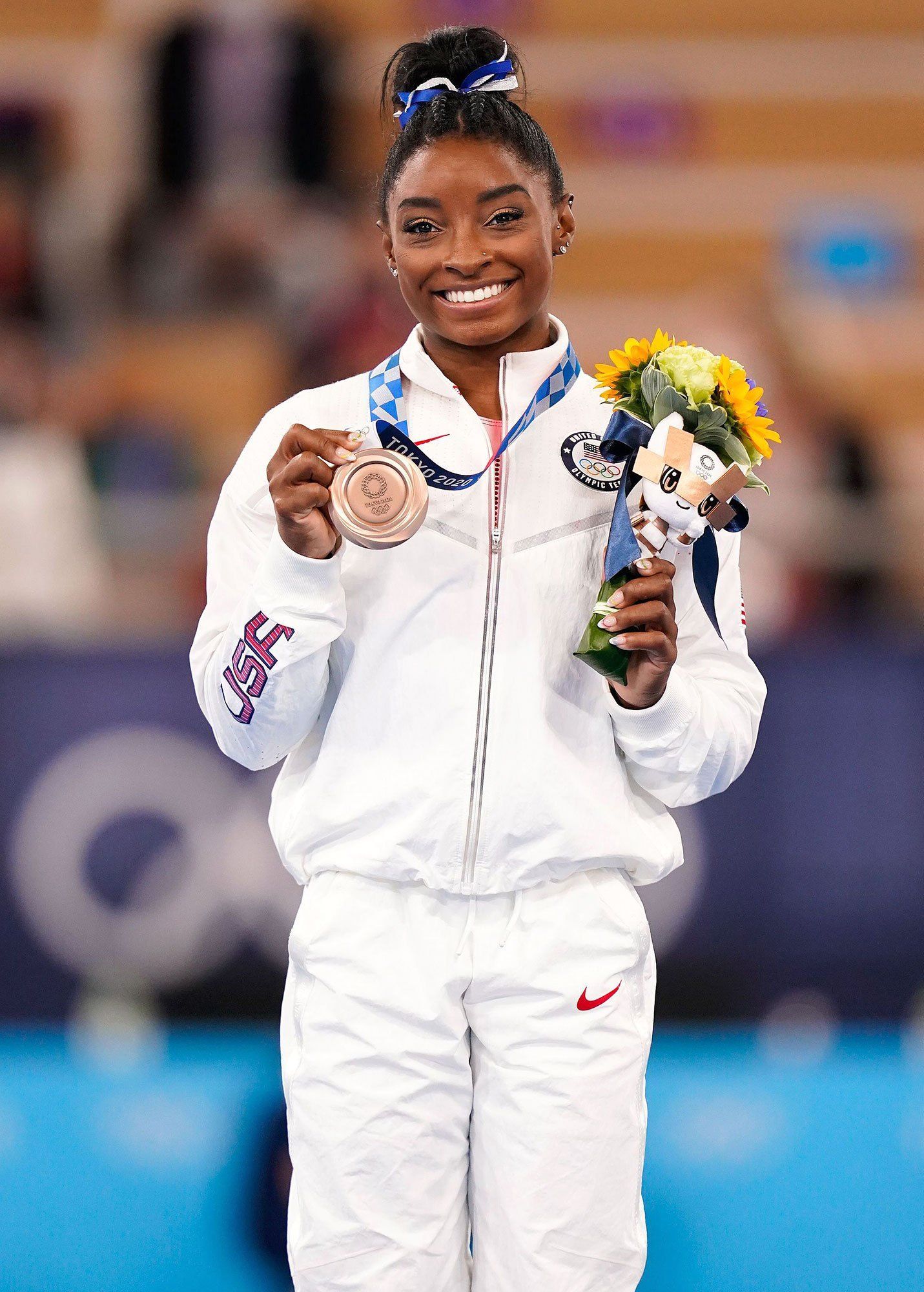
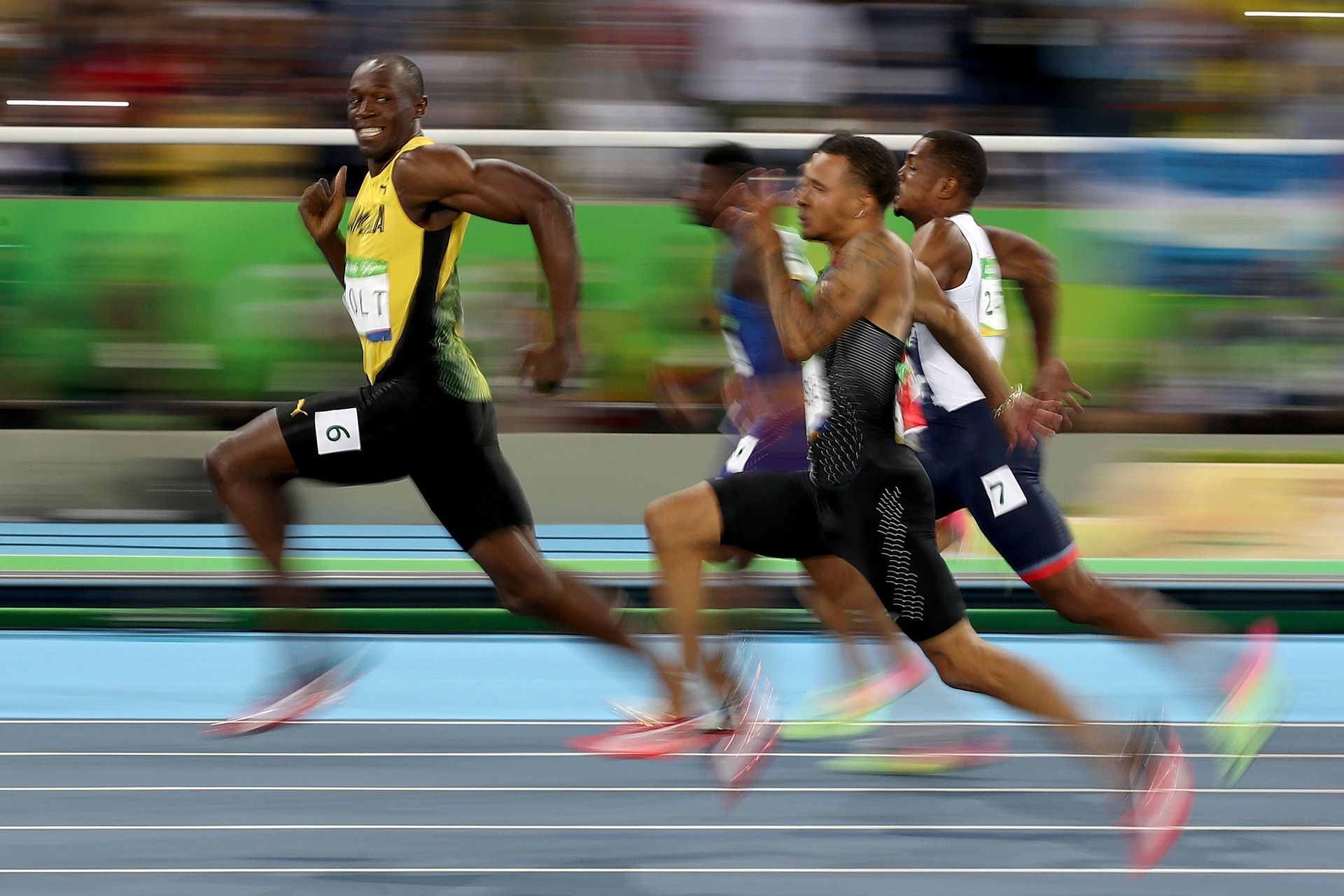
The Future of Olympic Branding and Advertising
As the media landscape continues to evolve with the rise of digital and social media, the Olympics have adapted by engaging with audiences through multiple platforms. Live streaming, social media interactions, and virtual reality experiences are now integral to the Olympic viewing experience. Advertisers, too, are leveraging these platforms to create immersive and interactive campaigns that enhance viewer engagement and brand interaction.
The Olympics' ability to adapt and innovate in both branding and advertising ensures that it remains a premier global event, capturing the hearts and minds of millions. By continuing to tell compelling stories, reach diverse audiences, and embrace new technologies, the Olympics and its advertising partners will undoubtedly keep setting new standards for years to come.
Conclusion
The Olympics' journey from a modest athletic competition to a global branding powerhouse is a testament to its ability to evolve and innovate. The symbiotic relationship between the Olympics and advertising has created a platform where stories of human achievement are celebrated and shared with the world. As the Olympics continue to adapt to new media and technological advancements, their brand will undoubtedly continue to inspire and unite people across the globe.
References
1928: The First Official Olympic Sponsorship
- "The Story of Coca-Cola’s Olympic Sponsorship," Coca-Cola Company. Accessed July 2024. Coca-Cola's Olympic Sponsorship.
1960: The Dawn of Television Coverage
- "How Television Helped Shape the Modern Olympics," Smithsonian Magazine, July 2021. Accessed July 2024. Television and the Modern Olympics.
1984 Los Angeles Olympics
- "1984 Los Angeles Olympics: How Peter Ueberroth Made the Games Profitable," Forbes, July 2019. Accessed July 2024. 1984 LA Olympics Profitability.
The Impact of Cable TV
- "Cable TV Revolutionized Olympic Broadcasting," New York Times, August 2004. Accessed July 2024. Cable TV and Olympics.
Jesse Owens (1936 Berlin Olympics)
- "Jesse Owens: A Symbol of Triumph Over Adversity," History Channel. Accessed July 2024. Jesse Owens 1936.
Simone Biles (2016 Rio de Janeiro Olympics)
- "Simone Biles: From Rio to Stardom," Olympic Channel. Accessed July 2024. Simone Biles Rio 2016.
Usain Bolt (2008 Beijing and 2012 London Olympics)
- "Usain Bolt: The Legend of Speed," BBC Sport, August 2016. Accessed July 2024. Usain Bolt.
New Paragraph
